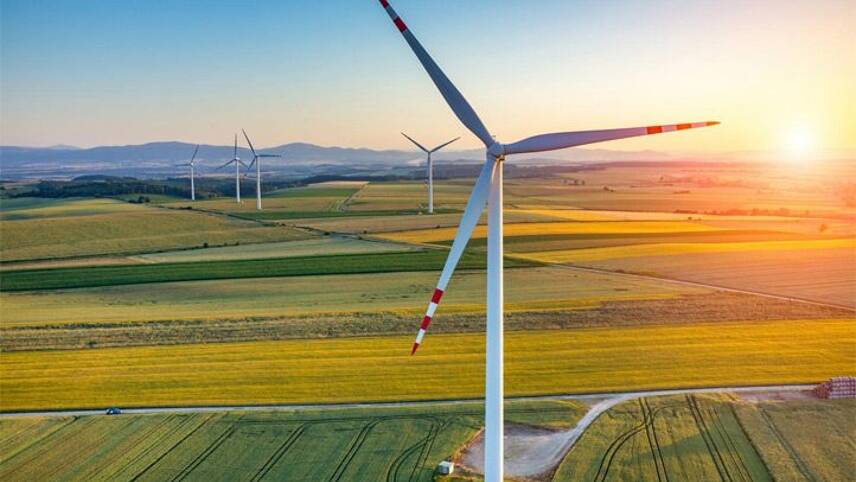Register for free and continue reading
Join our growing army of changemakers and get unlimited access to our premium content

Fossil-fired generation is expected to decline by 0.6% in 2023 and 1.2% in 2024
Global electricity demand is expected to grow by just under 2% in 2023, down from the previous year, primarily due to declining demand in advanced economies amid the global energy crisis and slower economic growth. A rebound to 3.3% growth is projected for 2024, with renewable generation potentially becoming the dominant electricity source, surpassing coal.
The IEA report notes that even as electricity demand increases globally, the deployment of renewables is on track to meet all additional demand globally over the next two years.
IEA’s director for energy markets and security Keisuke Sadamori said: “The world’s need for electricity is set to grow strongly in the years to come and we’re encouraged to see renewables accounting for a rising share of electricity generation, resulting in declines in the use of fossil fuels for power generation.”
After a subdued 1% growth in 2022, fossil-fired generation is expected to decline by 0.6% in 2023 and 1.2% in 2024.
Global emissions from electricity generation are expected to record slight declines of around 1% in both 2023 and 2024, mainly driven by falling coal-fired generation, resulting in a drop in total CO2 emissions.
According to the latest Statistical Review of World Energy report, energy-based global carbon emissions reached a record high with a 0.8% increase in 2022, contributing to 87% of total global emissions.
In 2022, the share of renewables (excluding hydroelectricity) in primary energy consumption rose by almost 1%, reaching 7.5%, while fossil fuel consumption as a percentage of primary energy remained stable at 82%.
Despite the growth in renewable generation, global hydropower capacity factor has been declining over the past decade, resulting in about 240-terawatt hour (TWh) less electricity per year than would have been the case if capacity factors had remained unchanged. This gap is currently filled mostly by fossil-fired generation.
EU’s electricity demand projections
In the EU, electricity demand is expected to drop by 3% in 2023, following a similar decline in 2022. This decline is despite the growth in electrification, with a record number of electric vehicles (EVs) and heat pumps sold.
Europe’s energy-intensive industries are still recovering from last year’s production slump, resulting in a 6% year-on-year decline in total EU electricity demand during the first half of 2023.
In contrast, emerging economies like China and India are experiencing a higher growth in electricity demand.
China’s electricity demand is expected to increase by 5.3% in 2023 and 5.1% in 2024, while India’s average annual growth rate over the outlook period is forecasted to be 6.5%, surpassing its 2015-2019 average of 5.2%.
The EU is set to have the fastest rate of decline (averaging 17%) in CO2 emission intensity among large-scale energy-consuming regions, despite experiencing a year-on-year increase in emissions in 2022 due to increased coal-fired generation.


Please login or Register to leave a comment.